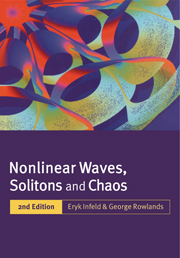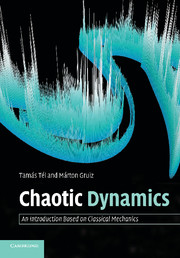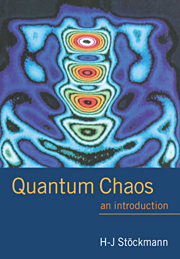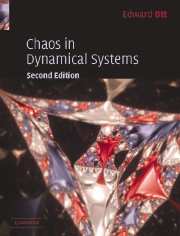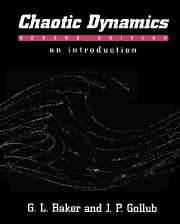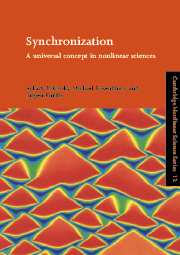
Synchronization
A Universal Concept in Nonlinear Sciences
£75.99
Part of Cambridge Nonlinear Science Series
- Authors:
- Arkady Pikovsky, Universität Potsdam, Germany
- Michael Rosenblum, Universität Potsdam, Germany
- Jürgen Kurths, Universität Potsdam, Germany
- Date Published: April 2003
- availability: Available
- format: Paperback
- isbn: 9780521533522
£
75.99
Paperback
Other available formats:
eBook
Looking for an inspection copy?
This title is not currently available on inspection
-
First recognized in 1665 by Christiaan Huygens, synchronization phenomena are abundant in science, nature, engineering and social life. Systems as diverse as clocks, singing crickets, cardiac pacemakers, firing neurons and applauding audiences exhibit a tendency to operate in synchrony. These phenomena are universal and can be understood within a common framework based on modern nonlinear dynamics. The first half of this book describes synchronization without formulae, and is based on qualitative intuitive ideas. The main effects are illustrated with experimental examples and figures, and the historical development is outlined. The remainder of the book presents the main effects of synchronization in a rigorous and systematic manner, describing classical results on synchronization of periodic oscillators, and recent developments in chaotic systems, large ensembles, and oscillatory media. This comprehensive book will be of interest to a broad audience, from graduate students to specialist researchers in physics, applied mathematics, engineering and natural sciences.
Read more- The first specialised book on synchronization available in English
- Presented at both a qualitative and experimentally oriented level
- Combines description of classical effects with presentation of recent developments
Reviews & endorsements
'… the authors … have pulled off a very difficult trick, that of writing a book that is both a definitive introduction to synchronization for the casual reader and a definitive text for researchers working in a variety of fields.' William Ditto, Nature
See more reviews'... has all the hallmarks of a classic. It is currently unique … Every scientist working in the area will want a copy of this book, and every science librarian should buy one. No doubt it will run through many editions, and deservedly.' Contemporary Physics
'In an unconventional but excellent pedagogical choice, Arkady Pikovsky, Michael Rosenblum and Jürgen Kurths begin by discussing synchronization without resorting to equations. It succeeds brilliantly.' Physics Today
'… stands out from the word …' Mathematics Today
Customer reviews
Not yet reviewed
Be the first to review
Review was not posted due to profanity
×Product details
- Date Published: April 2003
- format: Paperback
- isbn: 9780521533522
- length: 432 pages
- dimensions: 243 x 170 x 24 mm
- weight: 0.68kg
- contains: 222 b/w illus.
- availability: Available
Table of Contents
Preface
1. Introduction
Part I. Synchronization Without Formulae:
2. Basic notions: the self-sustained oscillator and its phase
3. Synchronization of a periodic oscillator by external force
4. Synchronization of two and many oscillators
5. Synchronization of chaotic systems
6. Detecting synchronization in experiments
Part II. Phase Locking and Frequency Entrainment:
7. Synchronization of periodic oscillators by periodic external action
8. Mutual synchronization of two interacting periodic oscillators
9. Synchronization in the presence of noise
10. Phase synchronization of chaotic systems
11. Synchronization in oscillatory media
12. Populations of globally coupled oscillators
Part III. Synchronization of Chaotic Systems:
13. Complete synchronization I: basic concepts
14. Complete synchronization II: generalizations and complex systems
15. Synchronization of complex dynamics by external forces
Appendix 1. Discovery of synchronization by Christiaan Huygens
Appendix 2. Instantaneous phase and frequency of a signal
References
Index.
Sorry, this resource is locked
Please register or sign in to request access. If you are having problems accessing these resources please email [email protected]
Register Sign in» Proceed
You are now leaving the Cambridge University Press website. Your eBook purchase and download will be completed by our partner www.ebooks.com. Please see the permission section of the www.ebooks.com catalogue page for details of the print & copy limits on our eBooks.
Continue ×Are you sure you want to delete your account?
This cannot be undone.
Thank you for your feedback which will help us improve our service.
If you requested a response, we will make sure to get back to you shortly.
×
